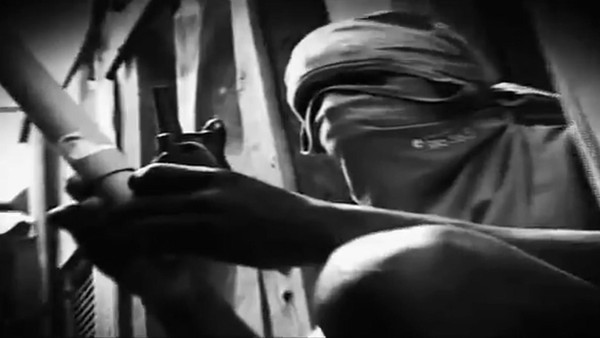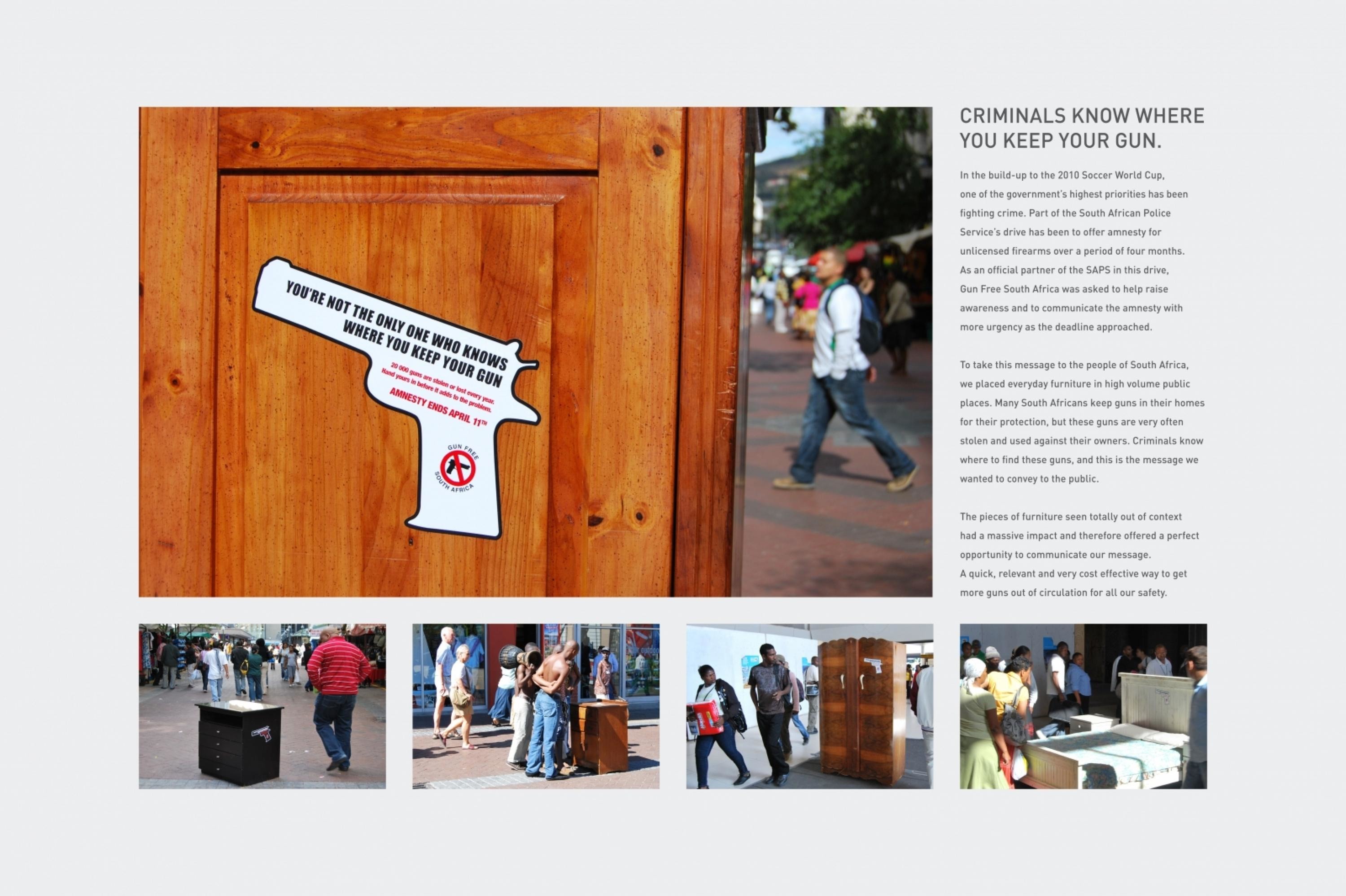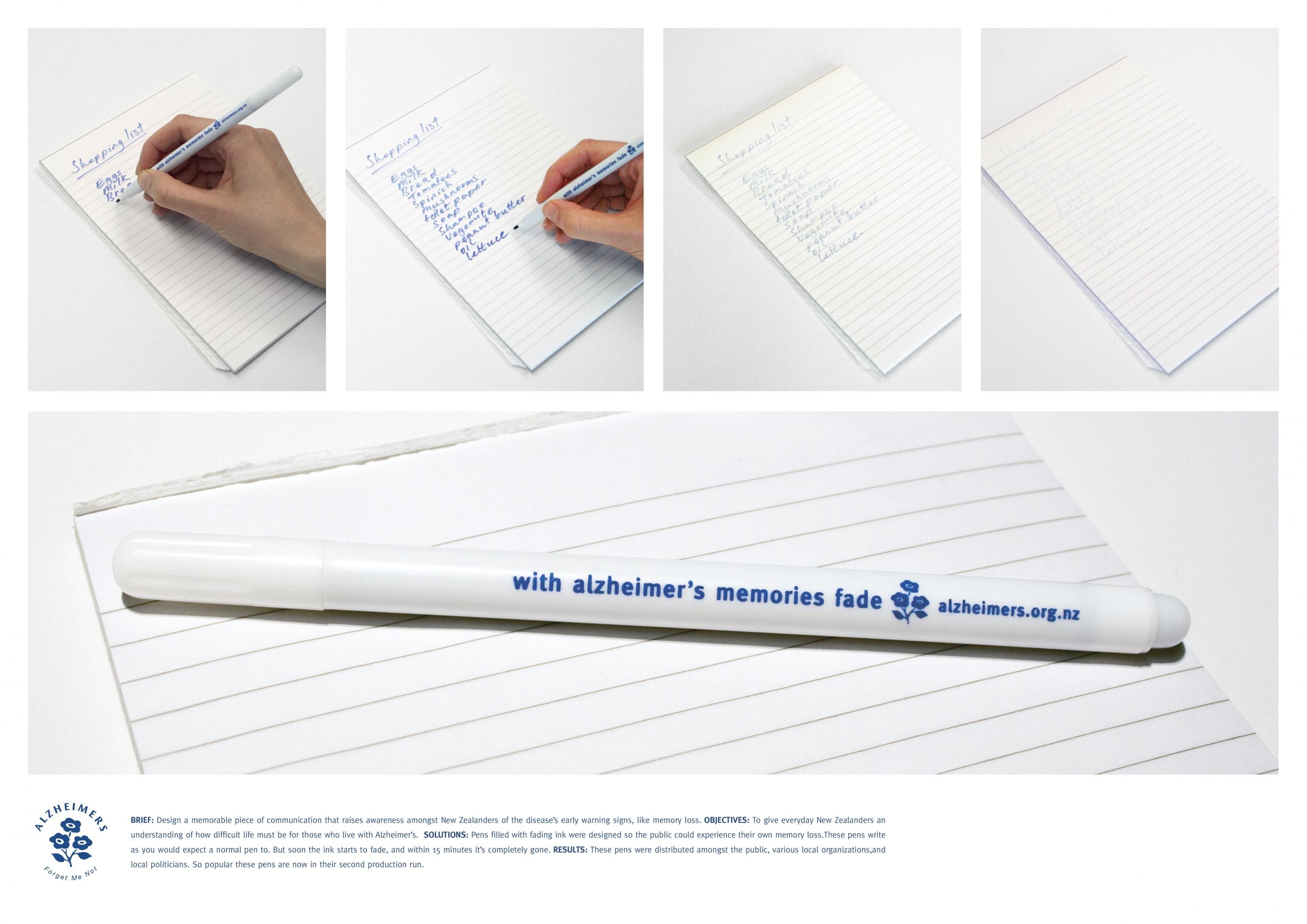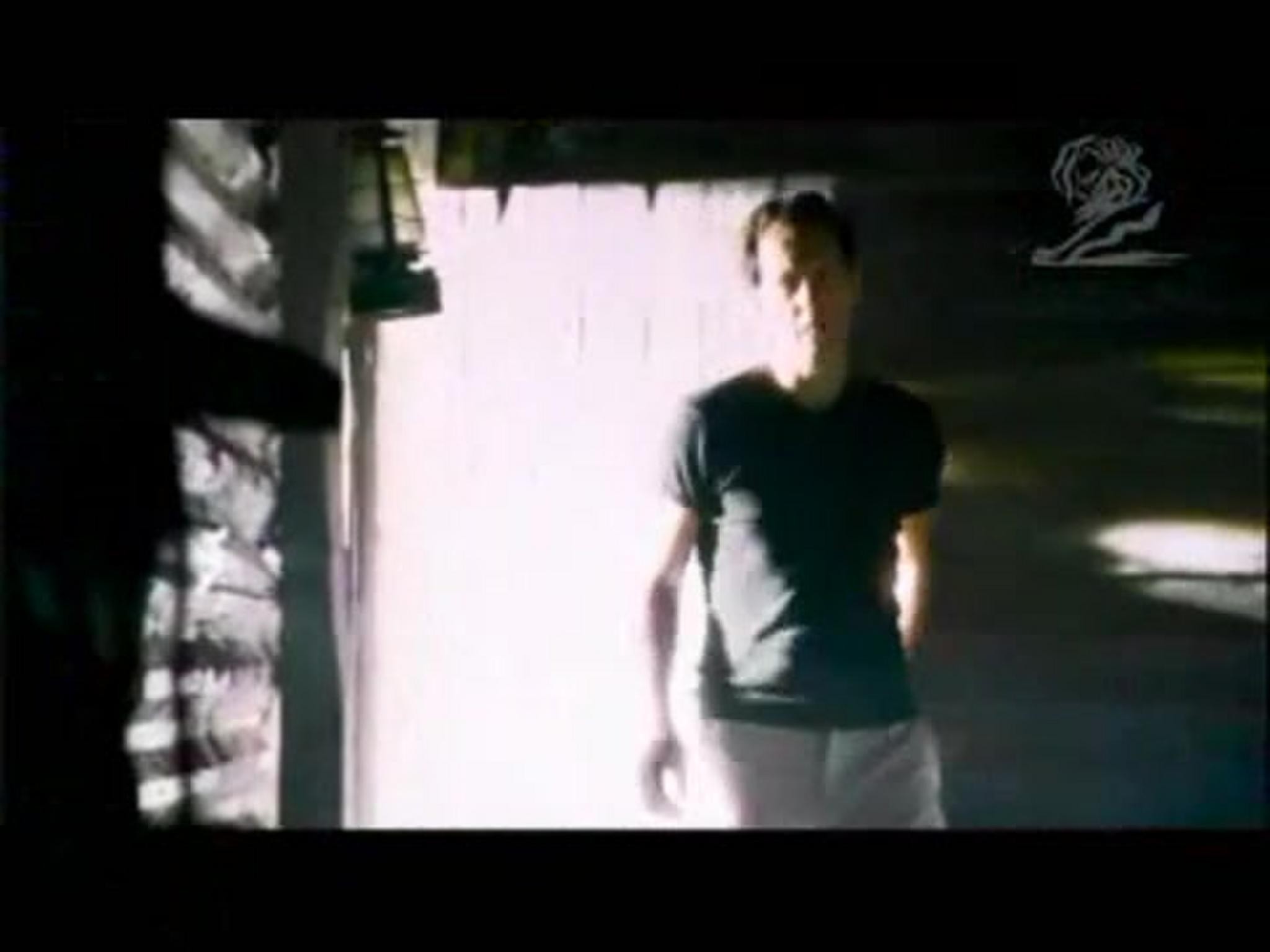Cannes Lions
FAVELAS ON THE MAP
JWT BRAZIL, Sao Paulo / AFROREGGAE / 2015
Overview
Entries
Credits
OVERVIEW
Execution
In Parada de Lucas, 21.3 kilometres and over 20 businesses were mapped. D
In the second phase, that comprised four favelas, a total of 164 streets and 2253 interest points were mapped. C
By modelling the territories, we reinforced their inhabitants’ social identity. Seeing themselves on a map made them proud and aware of their community.
“Inside the favelas there hard-workers, but no one wanted to come here. This is changing, everyday we receive more visitants.”
– Cirléia Menezes, Favela Resident E
Furthermore, the business establishments took a big leap into formalization.
89% of business owners believe that Tá no Mapa helped the community. E
78% affirm the project helped the local economy, with 44% declaring it has already increased their revenue. E
92% believe businesses put on the map have a far greater chance to grow from now on that those who did not. E
If once we were talking to owners of informal shops, who faced their businesses as subsistence resources, now 78% feel confident to invest in their businesses, and 85% improved their self-esteem as entrepreneurs. E
These results prove the astounding power of a data culture.
The reality of these communities was transformed by a magnifying glass that revealed life and bustling economy where there was only exclusion.
The mapped favelas are now connected to their community, but also to brands and possible investors.
On April 2015 three more favelas will be mapped.
And the project goes on to map the rest of the data-free zones around the world.
The ultimate goal is to use data as a powerful human rights tool.
To eradicate a culture of charity and exchange it by the understanding of the potential that lays within those data-free territories
Outcome
More than a creative piece, Tá No Mapa is an ever-growing project.
For that reason, our data collection process confounds itself with our creative output: a mapping platform that gathers the essence of cartography and the understanding of technology’s always-beta mindset.
In Parada de Lucas, the mapping was completed within 90 days.
The choice to begin there was crucial: if we were able to map a dangerous territory, the project had the strength to be broadened.
With its success, the project was taken to a next level.
That was when Google got involved.
We needed a powerful partner to widen the impact and make it solid on the long-term.
Google got on board, acknowledging it as an expression of their mission to empower people through the web.
With the gain of this co-author, the project was professionalized and scale up for four favelas: Caju, Vidigal, Rocinha and Vigário Geral.
From July through December 2014, the territories were mapped through in loco registration with smartphones equipped with Google apps. C
In AfroReggae offices, the collected data was inputted in Google Map Maker and submitted to technicians, who checked for errors.
With the expansion, difficulties emerged frequently:
In Vidigal’s steep landscape, many pinpoints emerged in incorrect surrounding areas.
In Rocinha’s narrow lanes, the app would shut down after a few registrations.
In all favelas, fieldwork was interrupted due to exchanges of fire between criminal factions. C
However, no adversities slowed the project down.
On August, it entered a second stage: Google trained the crew to use Google My Business, a free tool that allowed businesses to formalize their venues online.
From August through October, agents promoted it in the mapped establishments. For many of them, this was the first step into formalization. Enterprises that weren’t seen by their own community went global.
Similar Campaigns
12 items







